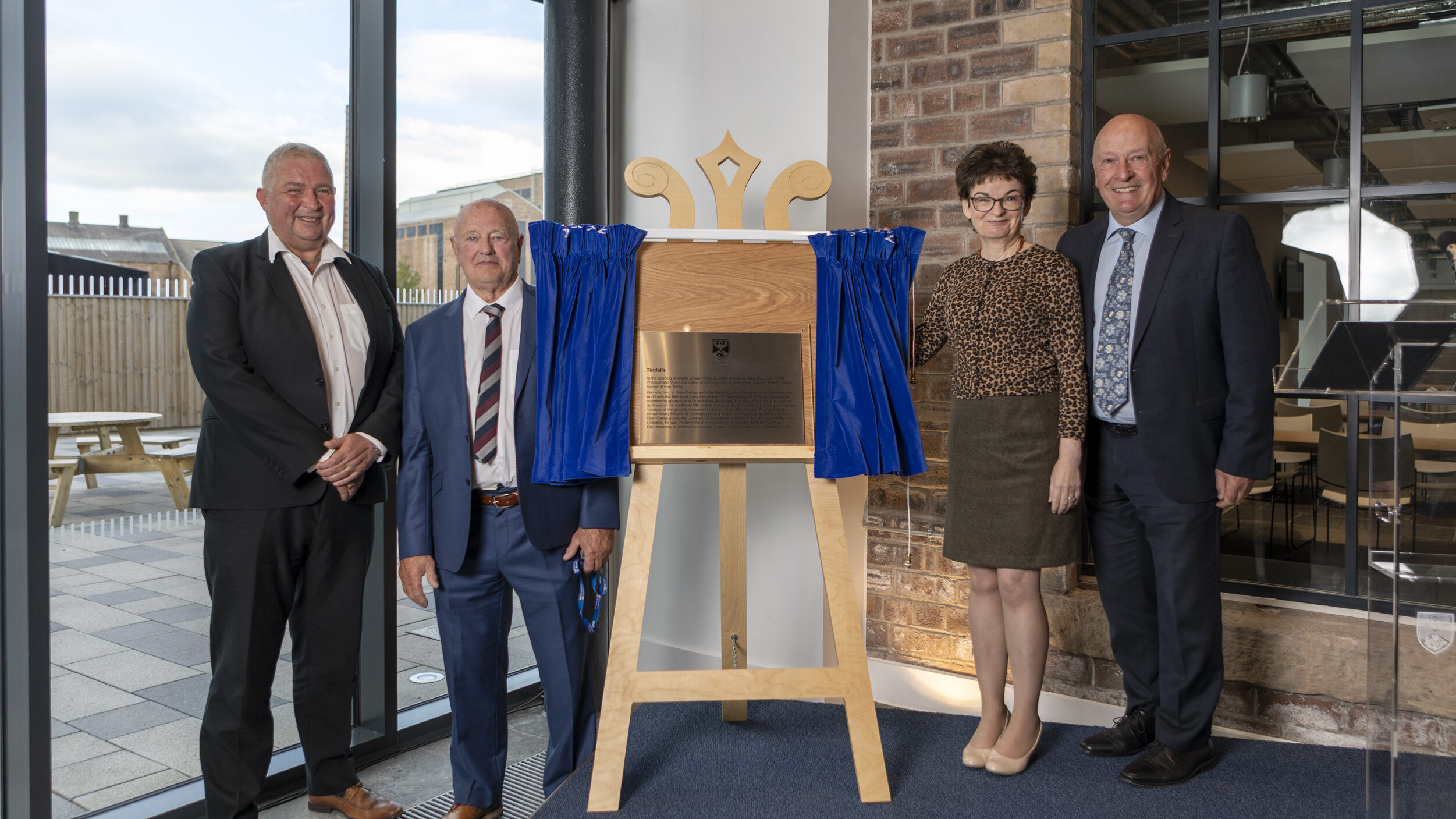About
The site now known as Eden Campus has a rich industrial heritage, originally operating as a gin distillery before its transformation into a papermill in the 1870s. For over a century, the Guardbridge Papermill was a cornerstone of the local economy, renowned for its high-quality paper production. Following its closure in 2008, the University of St Andrews acquired the site in 2010, recognising its potential to become a centre for innovation, sustainability, and regional regeneration. While some structures were removed due to their condition, much of the original industrial character remains, offering a unique blend of heritage and forward-looking development.
Eden Campus is now a vibrant hub that brings together power generation, cutting-edge research, and entrepreneurial activity in direct alignment with the University Strategy 2022–2027. The installation of a biomass plant in 2016–17 marked the first major step toward sustainable energy infrastructure, followed by the opening of Walter Bower House in 2020, which consolidated a variety of professional services into a single collaborative space. The launch of the Entrepreneurship Centre in 2023, operated by St Andrews Innovation, further strengthened the campus’s role as a catalyst for commercialisation and industry engagement. Purpose-built facilities support pilot-scale technology development in areas such as clean energy, battery innovation, sustainable aquaculture, and the digital economy. With support from Tay Cities and other partners, Eden Campus has already generated over 1,100 jobs and attracted £168 million in investment, serving as a bridge between academic excellence and industrial application. It exemplifies how the University’s strategic themes — World-leading, Sustainable, Entrepreneurial, Digital, and Diverse — are interconnected and actively shaping a low-carbon, innovation-driven future.





